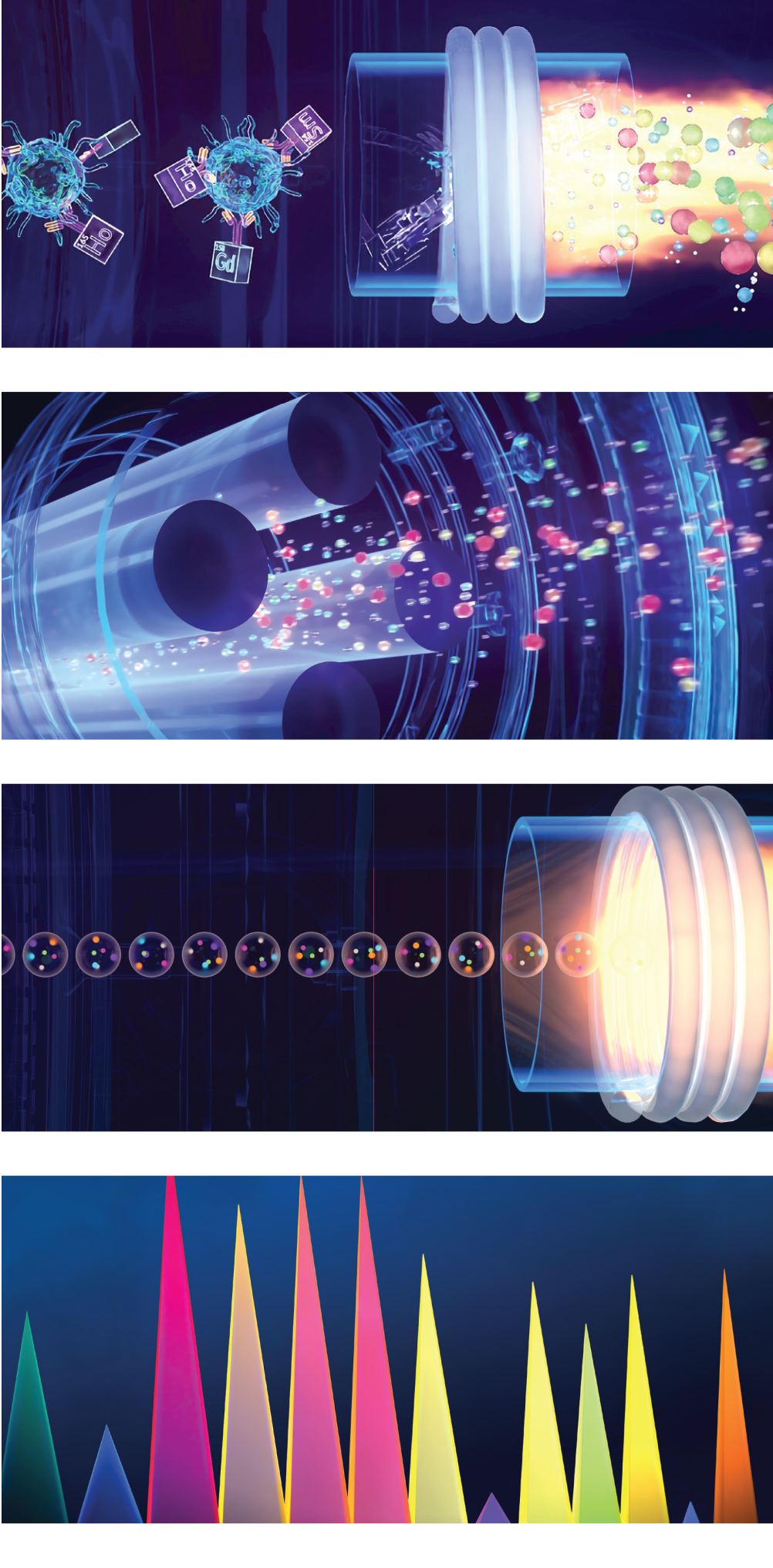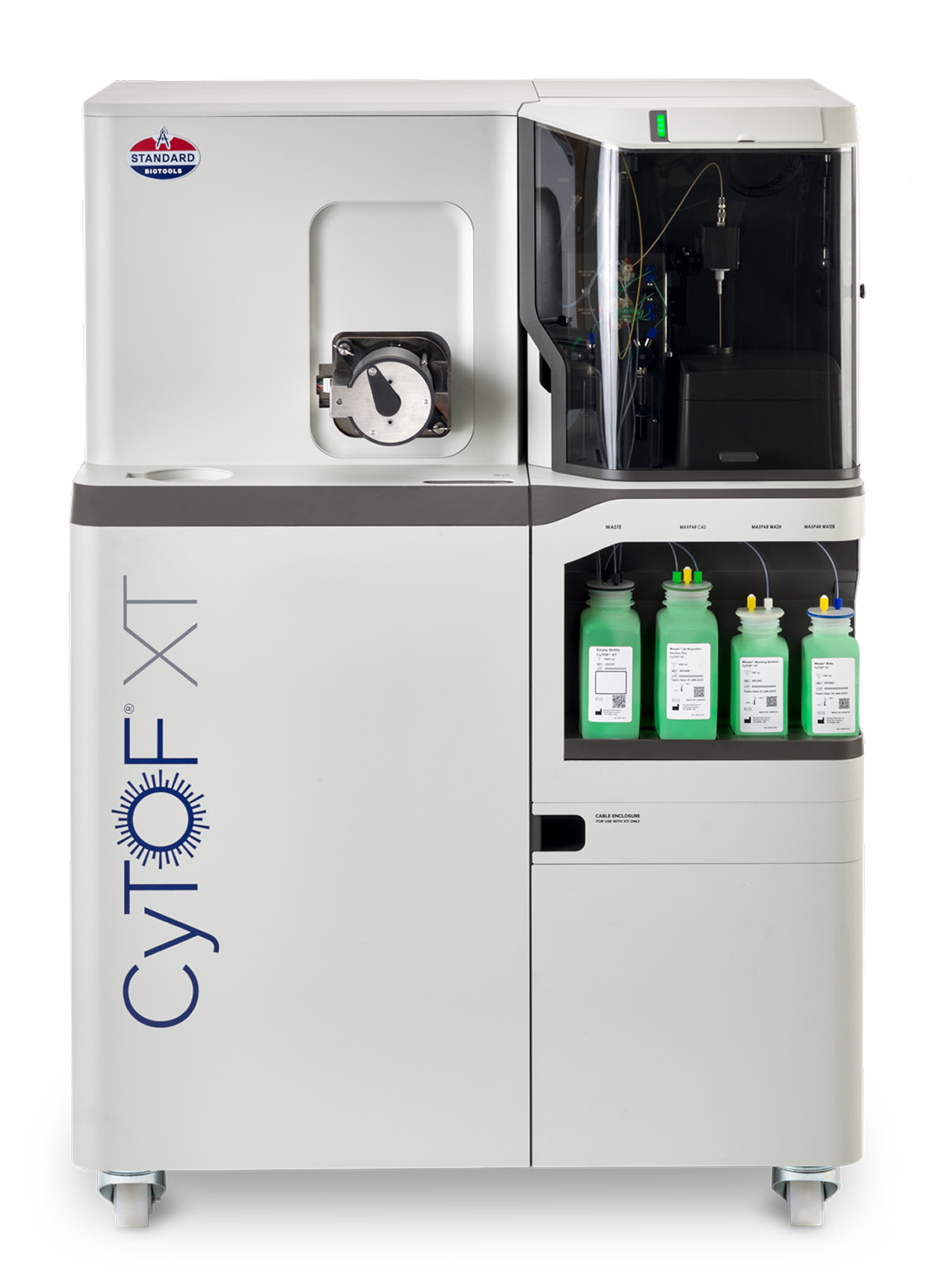Spatial
Proteomics
Capabilities
CyTOF® XT System allows researchers to dive deep into single-cell proteomics by detecting over 50 markers
Technology
CyTOF® XT System allows researchers to dive deep into single-cell proteomics by detecting over 50 markers
Workflow
CyTOF® XT System allows researchers to dive deep into single-cell proteomics by detecting over 50 markers
Overview
Understanding the intricate behavior of individual cells is critical in today’s biomedical research, especially for immune system analysis, disease progression, and therapeutic response.
Imaging Mass Cytometry™ (IMC™)
Overview
The dynamics of tissue microenvironments play a crucial role in understanding disease progression, therapeutic response, and biomarker discovery. Imaging Mass Cytometry™ (IMC™) technology, powered by the Hyperion™ XTi Imaging System, enables researchers to explore the complexity of these dynamics with unparalleled precision. By detecting over 40 protein and RNA markers simultaneously in tissue samples, IMC uncovers spatial relationships that conventional imaging methods overlook.
Designed for high throughput and reproducibility, IMC offers the highest dynamic range in the industry, making it ideal for translational and clinical research. Whether focusing on oncology, immunology, or other complex diseases, these spatial proteomics solutions deliver the detailed insights needed to guide any phase of research.
Discover the throughput and precision that is uniquely designed for translational researchers.
Flow is a disadvantaged biomarker screening tool where CyTOF is the widest screening tool capturing the most relevant immune metrics.
Traditional flow cytometry is constrained

Capabilities
CyTOF XT detects over 50 markers at once, far exceeding the limits of traditional flow cytometry. This enables a comprehensive analysis of immune populations and functional responses in a single experiment.


High Dynamic Range
Unlike traditional fluorescence-based imaging techniques, which often struggle with signal saturation and autofluorescence, IMC captures both high and low levels of protein expression in the same sample with exceptional clarity. This dynamic range enables the discovery of critical biomarkers—such as HER2 expression levels—that can influence therapeutic response and patient outcomes.
Assay development time
Our Work
Because IMC technology uses an antibody reagent cocktail, it is simple to mix and match different antibodies without extensive assay validation.
Simultaneous Detection of 40+ Markers
Our Work
IMC allows for the simultaneous imaging of over 40 markers in a single tissue section, facilitating the detailed mapping of tissue architecture, immune cell infiltration, and biomarker expression. This multiplexing capability provides richer, more comprehensive data with fewer processing cycles than traditional methods.
Flexibility of tissue acquisition
Our Work
Flexibility of tissue acquisition parameters (Hyperion imaging modes) and Automated, High-Throughput Imaging: With the Hyperion XTi™ Slide Loader, researchers can image up to 40 slides in 24 hours, making it easier to process large-scale studies and accelerate results without compromising precision – run an entire study in an automated, walkaway run.
No Autofluorescence Interference
Our Work
IMC utilizes metal-tagged antibodies instead of fluorophores, eliminating issues with autofluorescence and delivering cleaner, more reliable data, even from challenging tissue samples.
Hear how the team at Navignostics is translating spatial insights into the clinic by leveraging spatial proteomics into reporting within 72 hours of sample receipt, revolutionizing treatment decisions for each cancer patient.
Traditional flow cytometry faces limitations such as spectral overlap, limited multiplexing (typically fewer than 20 markers), and the need for multiple rounds of staining. This results in a higher chance of experimental error, longer processing times, and incomplete data.
Status Quo
Limitations
Spectral Overlap
< 20 Markers
Staining Redundancy
Our Solution
Limitations
Spectral Overlap
< 20 Markers
Staining Redundancy
Technology
Imaging Mass Cytometry™ (IMC™) is the most trusted technology that enables researchers to accurately assess complex phenotypes and immune spatial interactions in the tissue microenvironment.
Imaging Mass Cytometry™ (IMC™)
Unique scale and high signal resolution
Simultaneously detect over 50 markers without spectral overlap
Higher-content, more reliable dataset in a single analysis
Faster, more accurate insights into complex cellular behaviors.
Imaging Mass Cytometry
Well-defined red signals from CD68
Cellular structure is sharply defined by yellow pan-cytokeratin stain
Fluorescence imaging
CD68 indistinct or missing
Cellular structure diffuse
Our Work
Hyperion™ Imaging Systems use a one-step staining and detection approach that enables samples to be simultaneously stained, acquired and analyzed.
Modularized Panels
Swap markers without panel revalidation.
Simultaneous staining
Stain 40-plus markers for all slides at once.
One-step detection
Simultaneous imaging of 40-plus markers, including protein and RNA.

Precise signals
Image any tissue without autofluorescence.
Real-time analysis
Visualize 40-plus markers in 30 minutes.
Our Work
Lorem ipsum dolor sit amet consec tetur adipisicing elit sed consec tetur adipisicing.
Biomarker Discovery
Identify therapeutic targets that may be relevant to developing treatment strat…
Cell segmentation
See how the use of cell segmentation facilitates an end-to-end workflow for …
Dual Mode
Use your Hyperion XTi Imaging System to perform high-multiplex analysis of b…
Biomarker Discovery
Identify therapeutic targets that may be relevant to developing treatment strat…
Cell segmentation
See how the use of cell segmentation facilitates an end-to-end workflow for …
Dual Mode
Use your Hyperion XTi Imaging System to perform high-multiplex analysis of b…
Our Work
